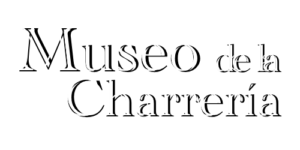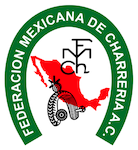18th CENTURY
Evolution of Charrería Throughout Mexican History
The horse was a symbol of power: for the Spaniard, it expressed his quality of conqueror; for the mestizo, his ascent in the social hierarchy and his psychological identification with the members of the dominant class, whose possession he longed for.
With the arriería, the exchange of cowboy customs and customs flowed in the rural immensity of Mexico, popularizing the type of rancher; some are peasants, who live on the haciendas as laborers, others are sharecroppers on the lands of the clergy, cowboys, caporales, mayordomos, ranchers and landowners.
In the 18th century, the mestizos increased their presence in the political, economic, social and cultural spheres, and in spite of having lived in a regime of prohibitions, more than of possibilities, they manifested a new expression, in which everything was combined, giving rise to a new being: the Mexican people, a culture that grew from them, an original being of their own.
In the 18th century, the viceroyalty of New Spain found it necessary to form an army that was made up of Creoles, as the military aristocracy; the lanceros corps was also created, with ranchers recruited from the countryside, among caporales and cowboys from the cattle ranches.



